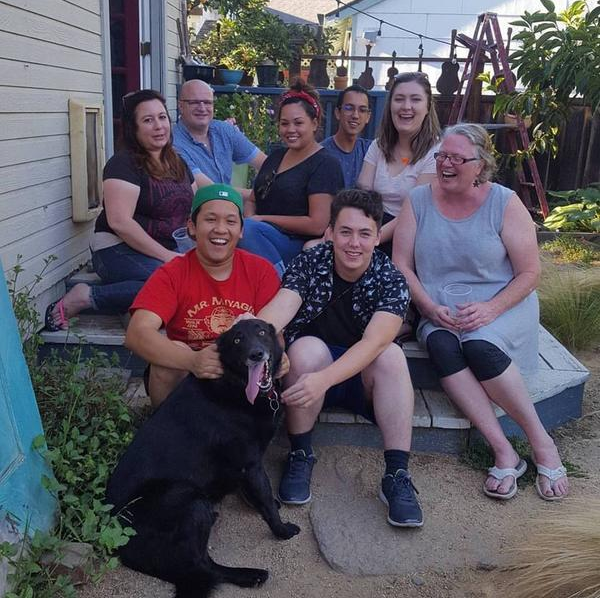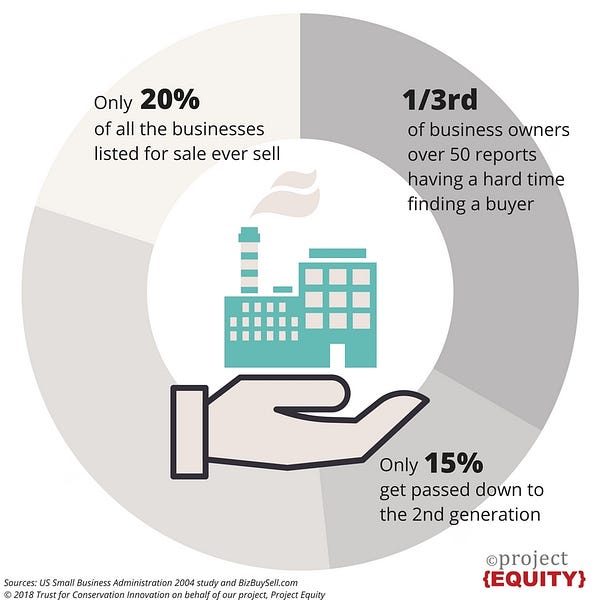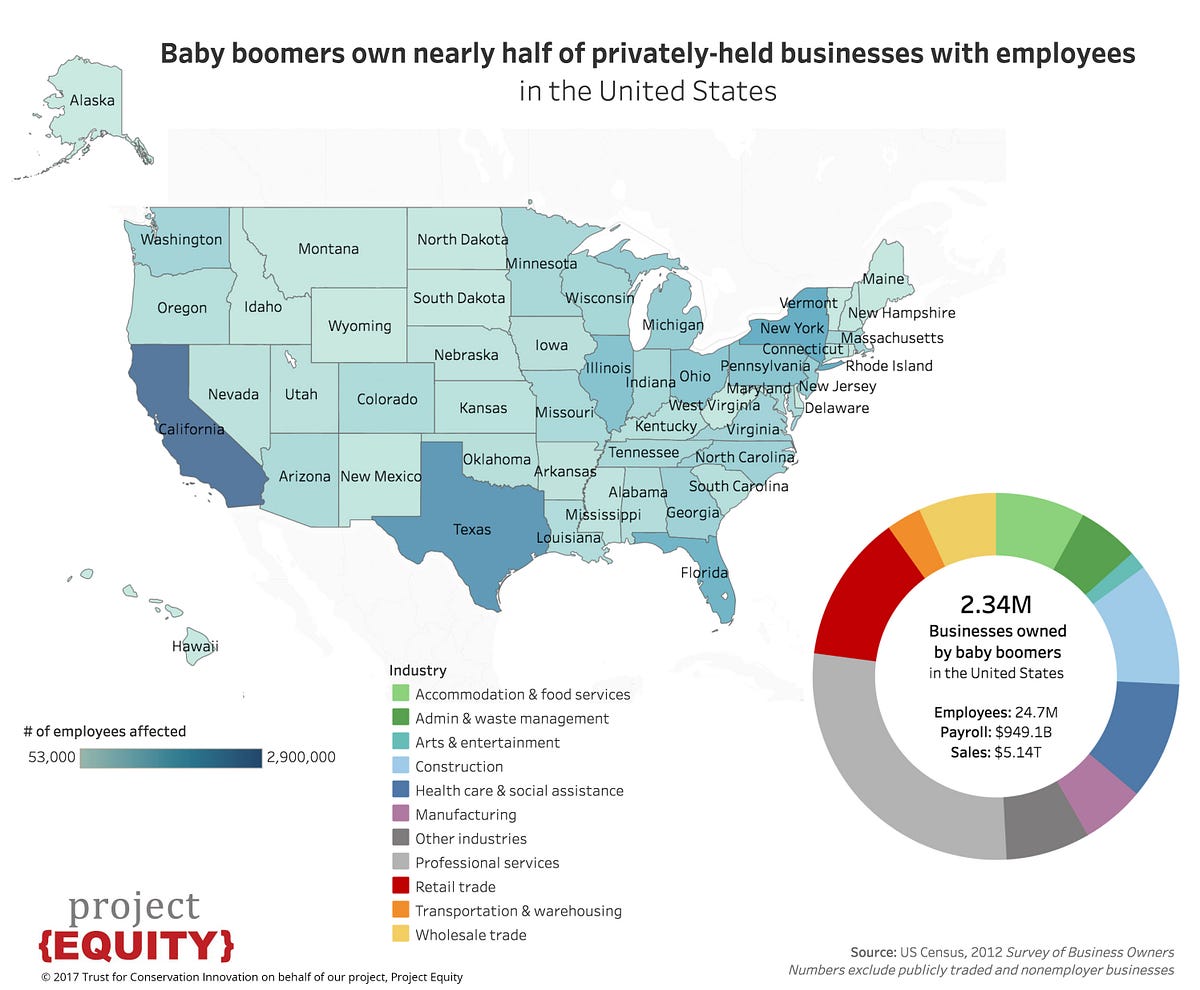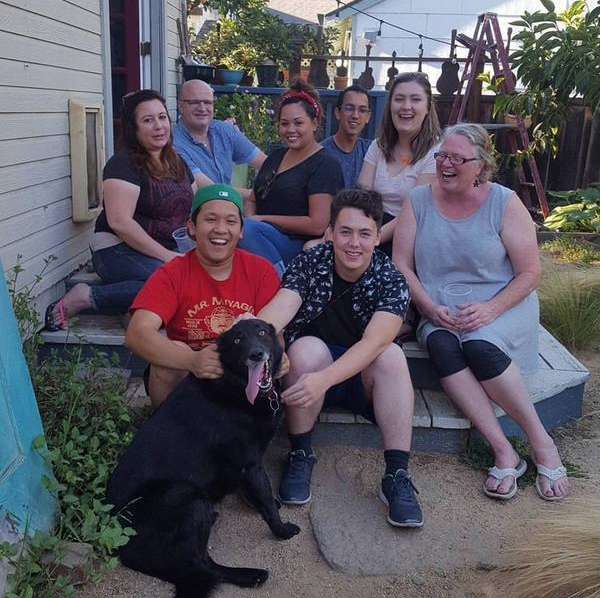Shoring up against the silver tsunami small business crisis
By Alison Lingane
As employee ownership (EO) advocates search for effective ways to take EO to new heights, Project Equity in the Bay Area has pioneered a vital new method: begin in a city or region with an inventory analysis of businesses at risk of closure or sale outside the community. This makes the silver tsunami of retiring business owners a vivid local reality, represented in real numbers. This inventory method is an important framing for economic development leaders, mayors, and others outside the EO community to draw in new advocates for employee ownership succession planning.

Baby boomers are retiring en masse, a phenomenon coined the, “silver tsunami.” According to a recent Project Equity study, this generation owns 2.3 million (about half) of all privately held businesses with employees in the United States. As boomers retire, we are witnessing a massive transfer in ownership of locally based firms.
The vast majority of business owners do not have a succession plan and most find it hard to identify a buyer when they are ready to sell. Family members will inherit a small percentage of these businesses, some will be sold locally, and others will merge with a larger company, often an out-of-town buyer. Those in this last category often lay off employees and further concentrate ownership and wealth. What happens when a good business isn’t matched with a like-minded buyer? How many of these companies will liquidate and close down?
However, an opportunity exists to turn these potential lemons into lemonade. Many of these businesses can be kept locally owned for the long term and deepen their positive impact on communities. How? By transitioning into to employee-owned companies.
Small businesses are crucial to our economy, they make up 99.7% of all firms and provide 48% of all jobs. In addition, locally owned businesses circulate three times more money back into the local economy than absentee-owned firms or chains. These businesses also build local relationships by fostering trust and civic engagement. The 2.3 million boomer-owned companies have sales of $5.14 trillion and employ nearly 25 million people, representing $949 billion in payroll. An estimated 1 in 6 employees nationwide works for a boomer-owned company.

The silver tsunami’s impact on healthcare and employment makes front page news, but its impact on business ownership is rarely covered. Nevertheless, the benefits of employee ownership are clear. It’s proven that employee-owned firms stick around longer and retain workers twice as long as traditional companies. But, most business owners do not know that selling their business to their employees is a great way to secure their legacy. By selling to the employees, owners can exit gracefully and anchor their business in place. The business continues to provide good jobs, promotes entrepreneurship and increases the new owners’ access to equity, reducing inequality in communities.
In the San Francisco Bay area, there are over sixty thousand businesses that are owned by baby boomers. In Fremont, CA, where one in every four jobs is in manufacturing, 38% of these firms and related supply chain companies are over twenty years old. What happens when half of these businesses disappear? From Detroit to the Twin Cities, throughout Western North Carolina and Central Pennsylvania, the story is very similar. What can we do when traditional economic development ignores smaller and locally owned businesses, and instead uses subsidies to lure large corporations, often headquartered elsewhere. For a start, local government and economic development officials can begin to prioritize local business retention and offer help with succession planning, including direct connections to — and financial support for — employee ownership succession experts.

We can all play a role in keeping businesses local and promoting employee ownership:
● Local governments can measure the impact on their tax base by tracking how many businesses are over 15 years old. They can add succession planning into their economic development goals and partner with organizations, like Project Equity, that provide education and expertise on employee ownership;
● City and regional planners can convene local officials, business networks, lenders and others to determine how they are assessing and addressing this issue;
● Business service providers can add succession planning to their service offerings and include employee ownership as an option.
Just like boomer entrepreneurs who may have gotten their start in business by turning lemons into lemonade stands, we can turn the Silver Tsunami from a crisis into an opportunity.
The methodology Project Equity used in creating inventory analyses is available on their website, and is based on the most recently released US Census Survey of Small Business Owners. As of the date of this posting, inventories have been done in the following cities and regions: National + 50 states, San Francisco Bay Area, Twin Cities, Western North Carolina, Detroit and Central Pennsylvania. If you would like Project Equity’s assistance in doing an inventory for your own region, contact info@project-equity.org.
Alison Lingane is a Co-Founder of Project Equity. Prior to launching Project Equity, Alison spent 15 years in executive roles at mission-driven businesses that are designed to have human impact at scale.

